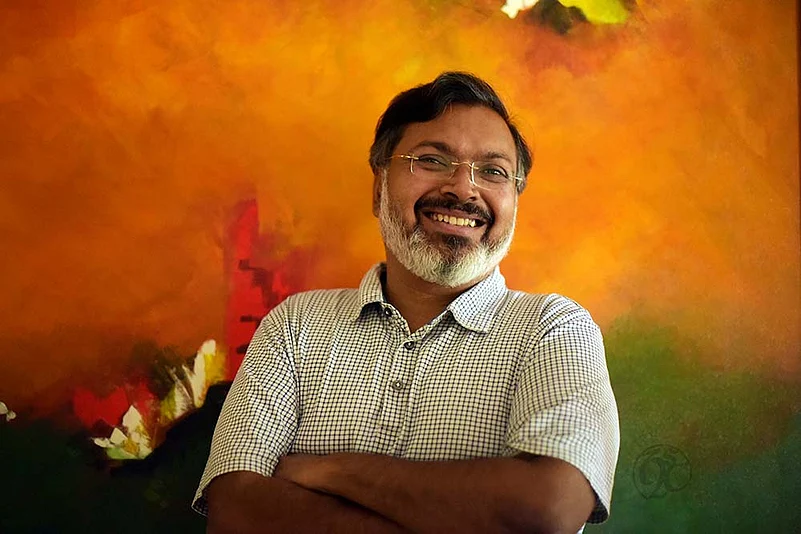In an interview with Akanksha Pare Kashiv, Devdutt Pattanaik spells out the reasons behind the rising trend of books on mythological characters and explains how mythology and fiction are two different things.Excerpts:
There has been a surge in books based on mythological characters lately. What do you think of this trend?
I think it started with the popularity of Harry Potter, sparking interest in folk tales, fables and mythological stories. It is happening across the world. Fables are being talked about everywhere. I believe that when fables returned to capture the imagination, mythological characters became part of literature.
When did the idea to write about mythological characters come to your mind? Why did such stories begin to fascinate readers?
I have been working on these subjects for a long time. With Harry Potter’s popularity, people began to realise that we too have such stories and its scope got bigger. In India our education system lays emphasis on technical education, on science rather than literature. There is no emphasis on imagination.Yet everyone has an imaginative side and is drawn to stories. Maybe that’s why these stories are attracting people.
Many young writers are interpreting mythical characters in their own way. Do you think it is proper?
Firstly, we have to understand that mythology and mythological fiction are two different things. In mythology, we want to know what Valmiki wants to convey, what Tulsidas wants to say. It becomes an altogether different thing when you add fiction to it. They should remain different. Today’s authors tell stories through the medium of gods and goddesses. We don’t learn about our traditions when we add fiction to mythology, but merely tell stories. Those who want to talk about feminism do so through the characters of Sita, Draupadi or Shoorpanakha. Those who want to talk about nationalism do so through Shiva, Ram and Krishna. They are neither taking interest in the Ramayana nor in the scriptures or the Puranas. Today’s novelists do not have any interest in the Vedas. They are using mythical characters merely as a vehicle of story-telling.
You explain the Puranas in simple language but some people believe that such simplification is not possible. Disputes and controversies have also surfaced over stories from the Puranas. How do you ensure credibility when you set out to write a book?
Those who say such things have no knowledge of the Puranas. The Puranas were written primarily to impart Vedic wisdom in simple language. Stories are part of folk or indigenous traditions. A mythological tale has different forms which keep changing with time, country and the era. If we compare Valmiki Ramayan with Tulsidas’s Ramcharitmanas, we find that Valmiki had written it 2,000 years ago in Sanskrit while Tulsidas composed it 500 years ago in the Mughal era. It is believed that Valmiki Ramayan was written between the Mauryan and the Gupta period. Elements of the Bhakti period are more pronounced in Ramcharitmanas while Valmiki’s Ramayan attaches more importance to jnana yoga and karma yoga. It also gives importance to dharma, while Ramcharitmanas underlines bhakti (devotion) and moksha (salvation).
Nandi Ramayan of Jagannath Das in Odia will appear totally different. In every state and every era, such changes are discernible.
Most publishers were not receptive to the idea of mythological books. Did you find it difficult to get your first work published?
No. Twenty years ago, publishers had come to me; they are still coming. I am happy that my books are liked by people. I still write about four books and about 100 essays in a year.
Do you think the market for mythology-based books are as good as that of literary fiction?
You cannot compare books based on mythical characters with fiction. We have to first understand their uses and purposes—which is meant for entertainment, which for spiritualism or for education. A book based on the Upanishads cannot be a novel. You cannot connect Ramayan with Shakespeare or Harry Potter. Harry Potter is fantasy but mythological characters are not fantasy. There is a different perspective to look at the mythological characters. Mythological characters exist between history and fiction. I notice that some people write about god and call it fiction. You cannot.
















